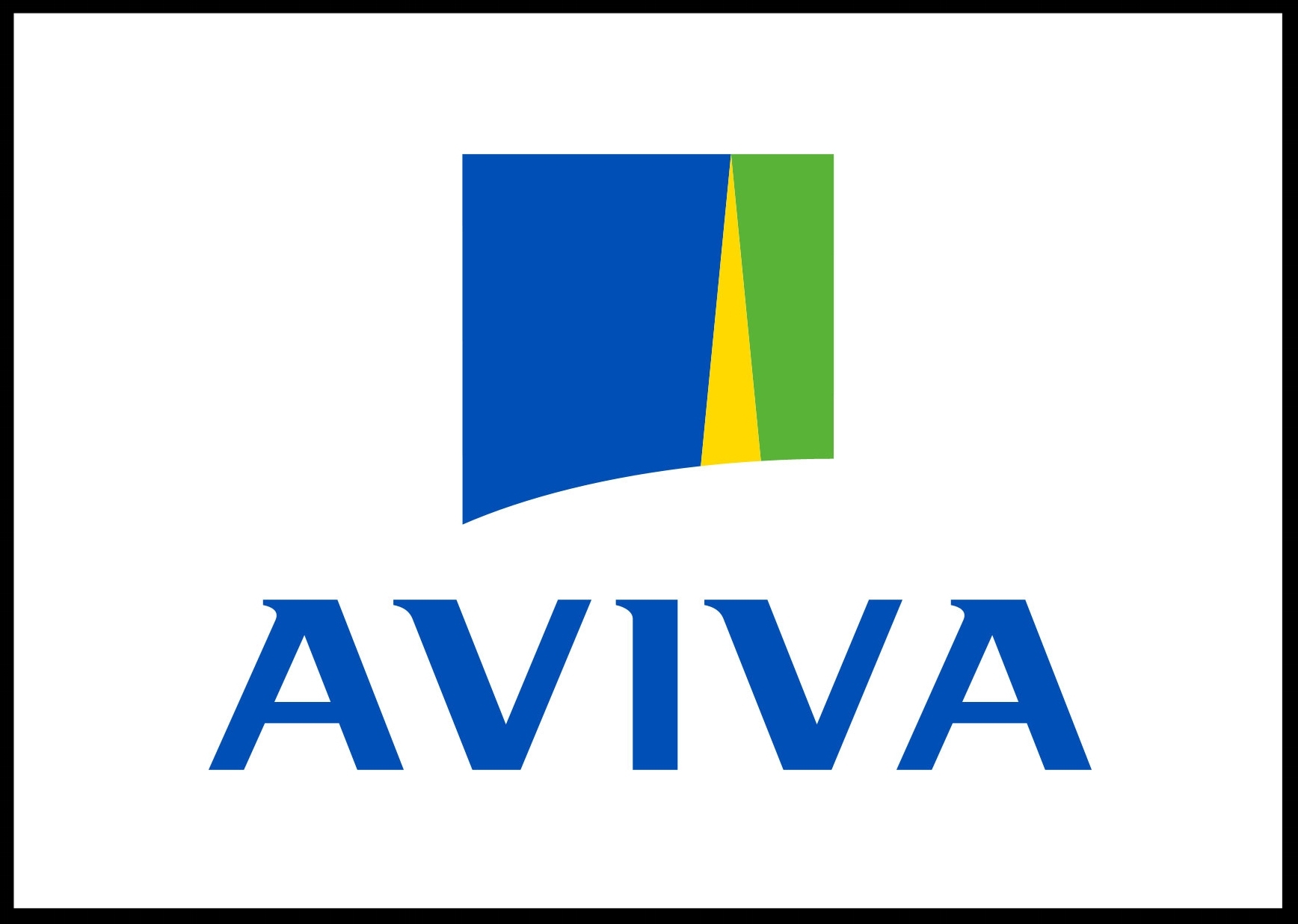Frozen shoulder is the common name for adhesive capsulitis. This technical name gives a better idea of what's really causing the problem:
Adhesive: sticky, restricted
Capsul-: the capsule made of fibrous tissue that surrounds the ball and socket joint
-itis: inflammation
So frozen shoulder is a condition in which the capsule of the shoulder becomes sticky and inflamed. Three movements are classically lost while the condition is active: taking your arm out to the side, reaching back (like putting on a coat sleeve), and rotating out (like washing your hair). They are often associated with muscle tightness around the shoulder joint and shoulder blade.
The Phases of Frozen Shoulder
Frozen shoulder goes through three phases, each lasting for a few months. The entire process from onset to resolution is often over a year, and can be as long as three years. Osteopathic treatment may be able to speed up the process, but unfortunately the condition will still have to work through all three phases. These are:
Freezing phase: pain and restriction begin to develop
Frozen phase: pain reduces, but restriction remains
Thawing phase: everything begins to return to normal
Risk Factors and Causes
Unfortunately, in many cases this happens for unknown reasons. Symptoms can develop slowly, without trauma or other changes. There are some risk factors, including immobilisation of the shoulder, such as a sling after surgery or a fracture. There are also higher incidences in people with heart disease, diabetes, and Parkinsons'. Medications may also play a role. However not everyone who develops frozen shoulder will fit into any of these categories.
Some people will go on to develop the same problem on the other side within a decade of the original problem's resolution. If you're noticing familiar signs and think this might be the case for you, try to start treatment as soon as you can for the best results.
Treatment Plans
Conservative treatments like osteopathy should be tried before surgery or steroid injections are considered. Early treatment might include techniques to encourage movement from the shoulder joint, and massage techniques to the surrounding muscles. Working on the muscles around the shoulder blade can provide extra shoulder movement surprisingly quickly. This is often because the muscles were tight to try and protect the painful shoulder joint. In being so, they also restrict the movement of the shoulder blade, which plays a big role in overall shoulder movement. By improving movement in this joint, some of the demand is removed from the affected ball and socket joint. You get the dual benefit of increased movement and a chance to heal.
Your osteopath will look at the effect of your shoulder problem on the rest of your body. Often, as the body tries to protect the shoulder, muscles tighten further around the neck and upper back. These changes can cause other aches and pains around the area, or sometimes headaches. While working to improve shoulder movement, we will also keep compensatory changes at bay.






